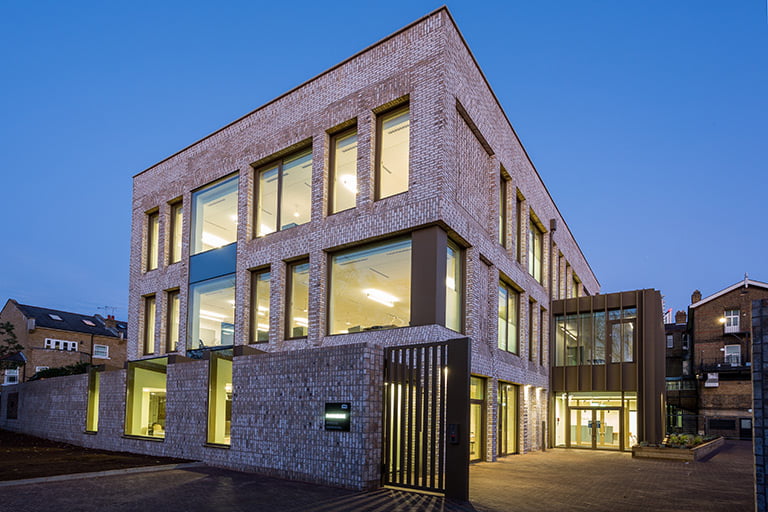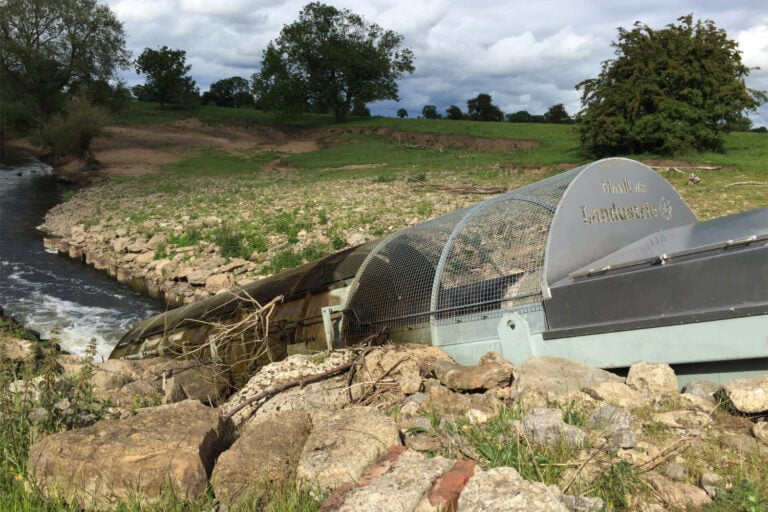














Despite the great advances made in the rest of the industry in recent years, with new and more sustainable methods of construction being developed constantly, the world of acoustic consultancy has largely lagged behind when we consider sustainability. This has been due to a couple of things. Firstly, the vast majority of acoustic absorption is based on a mineral wool or foam substrate. Secondly, sound insulation is largely reliant on surface mass of the partition, as well as any air gap that can be incorporated into the construction – and for this reason we often prefer a plasterboard cavity construction to solid masonry.
The challenge for consultants, and in particular for suppliers of products intended to meet acoustic performance requirements, is that any new product has to have similar physical characteristics to the tried and trusted ‘old guard’ products we have been using for years. Most importantly of all, though, it has to have been lab tested to demonstrate its performance, so that consultants can confidently use the data in our calculations.
Woollen acoustic treatments have been around for a long time and can be very effective and attractive when used to control room acoustics. The issue comes on a large project where enormous quantities of insulation are required for the partitioning – if every large scale project required wool, we’d be overrun with sheep!
The focus now within the industry is on developing effective absorbers from recycled materials. This includes items such as coconut fibre (but see the sheep issue above), but also more widely available materials such as recycled plastic bottles, and recycled cotton and polyester. The concern must, however, be with the whole-life impact of the materials, and energy consumption during manufacture and the environmental impact of the chemicals used to bind the fibres or granules must also be considered. Products which can be recycled at the end of their life must surely win out.
It’s harder to find sustainable products that can help with sound insulation by weaning us off our dependence on plasterboard – of course, it’s not only acoustic performance which determines the makeup of a partition. Structural and fire integrity are paramount, as well as size and weight for easy installation, and storage considerations on site. The thickness of a board also matters – architects and developers prefer to minimise partition thickness and maximise floor space in any room.
Products are starting to appear which can be used in conjunction with traditional building methods to enhance sound insulation, but in a refurbishment the most sustainable option can often be to re-use what’s there. In that case, it’s always a good idea to get an acoustic consultant on board early, to test the existing constructions and look at what improvements can be gained during the works.
As acoustic consultants, it’s all too easy to stick to what we know. So often, that’s a combination of what we learnt from our mentors in our first jobs, and the ‘tried and tested’ products and materials which we’ve used successfully on site. Consultants don’t like risk – and nor do our clients.
If acoustic design is going to embrace sustainability, it needs to be a joint effort. Product manufacturers have to come up with products with good, proven performance – and be cost comparable to the traditional materials. Clients and contractors have to be open to working with new materials. Acoustic consultants have to overcome their old habits!
Arguably, acoustic consultants are pioneers in creating healthier, better, more sustainable environments in general. We help to make spaces fit for their intended use, which in turn makes them likely to be used for longer. But this is no excuse for complacency – and we are excited about the new materials and technologies that we expect to use more and more in the future.
Do you know of any amazing, sustainable acoustic products? Let us know about them! We are on Twitter and can’t wait to hear what you come up with…